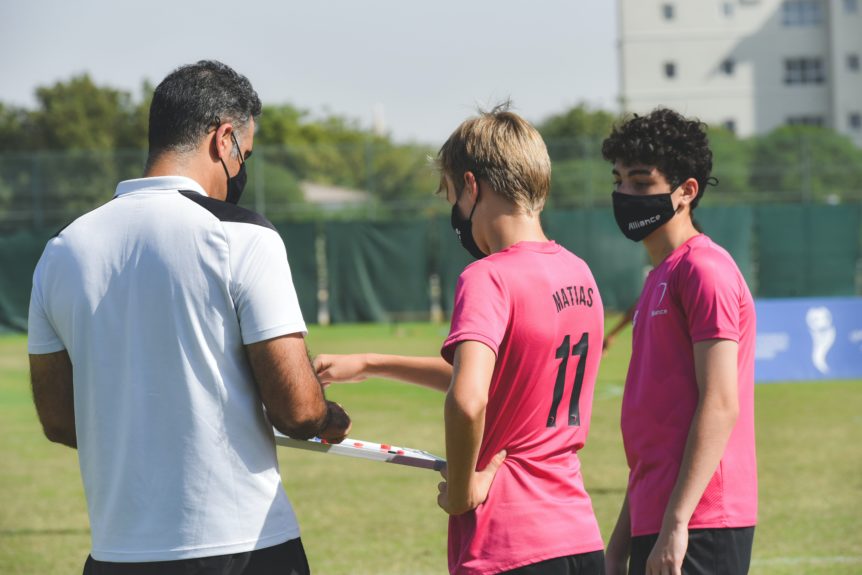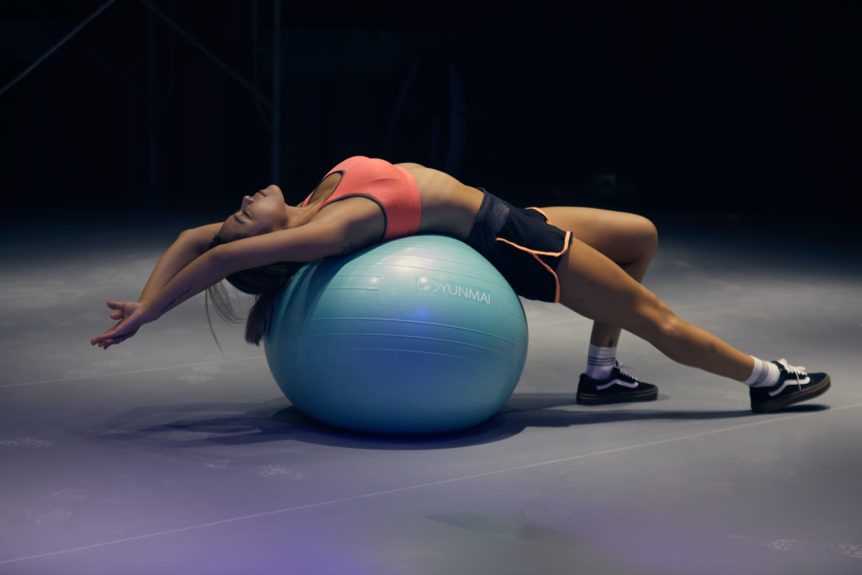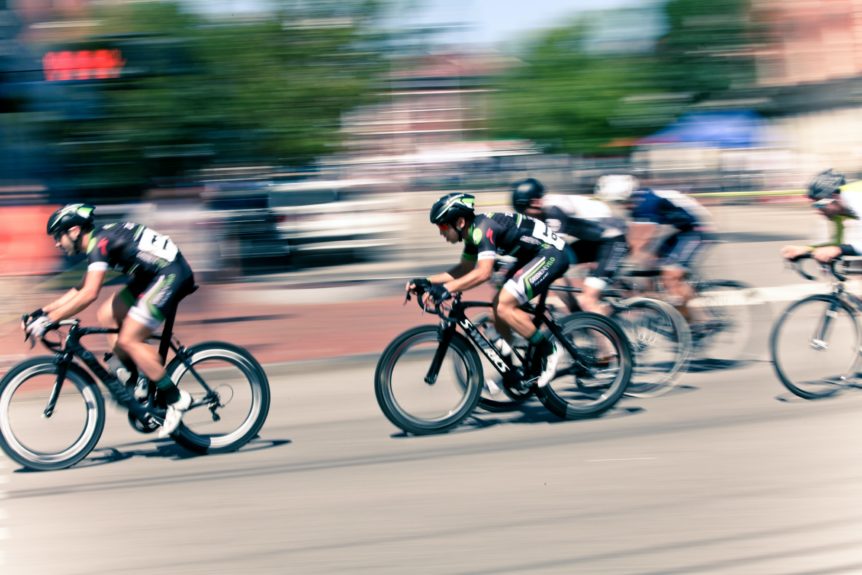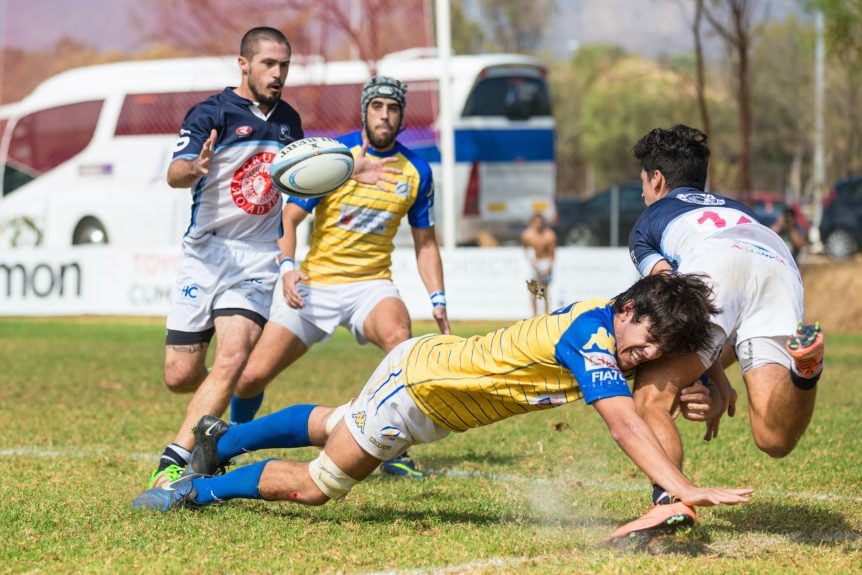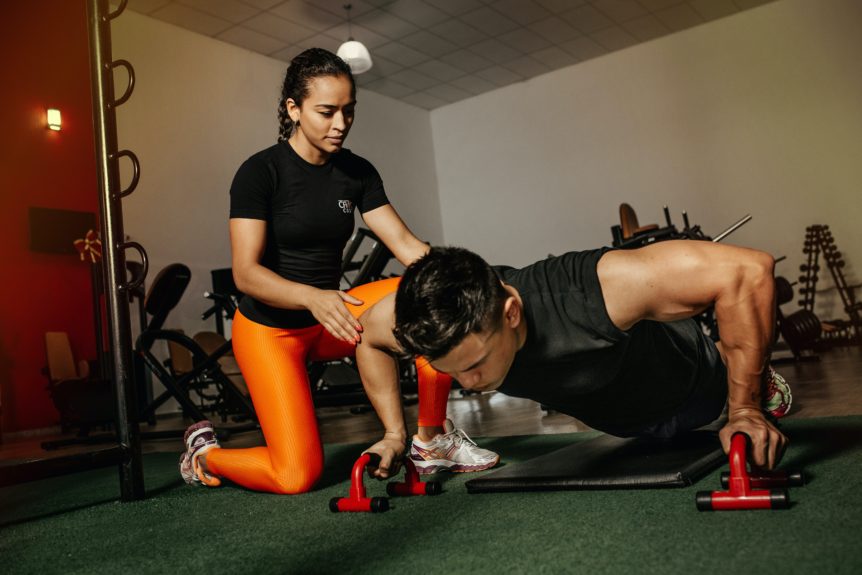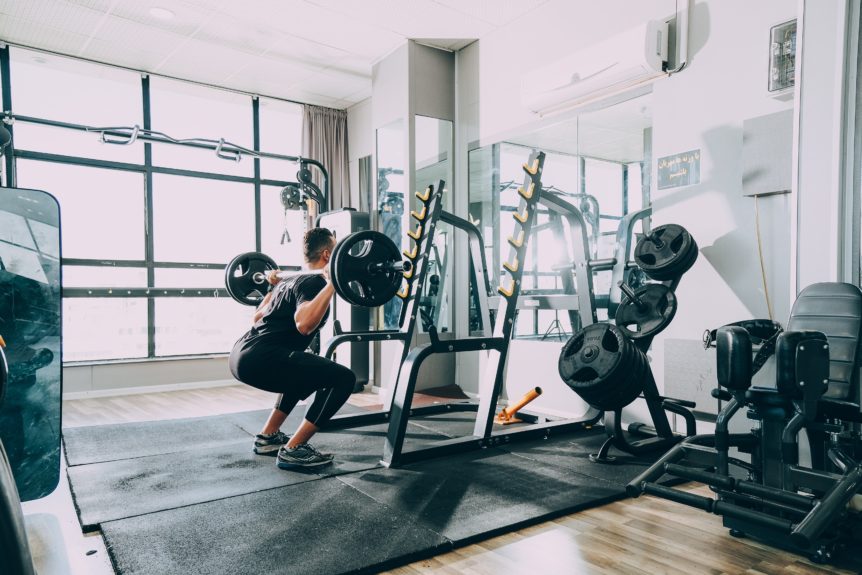Callahan, M. J., Parr, E. B., Hawley, J. A., & Camera, D. M. (2021). Sports Medicine, 51(3), 405–421. Abstract Exercise training in combination with optimal nutritional support is an effective strategy to maintain or increase skeletal muscle mass. A single bout of resistance exercise undertaken with adequate protein availability increases rates of muscle protein synthesis and, when repeated over weeks …
Factors Influencing the Association Between Coach and Athlete Rating of Exertion: a Systematic Review and Meta-analysis
Paul, D., Read, P., Farooq, A., & Jones, L. (2021) ABSTRACT Background: Subjective monitoring of rate of perceived exertion is common practice in many sports. Typically, the information is used to understand the training load and at times modify forthcoming sessions. Identifying the relationship between the athlete and coach’s interpretation of training would likely further benefit understanding load management. The …
Effectiveness of progressive tendon-loading exercise therapy in patients with patellar tendinopathy: a randomised clinical trial.
Hott A, Brox JI, Pripp AH, Breda SJ, Oei EHG, Zwerver J, et al. British Journal of Sports Medicine Abstract Objective: To compare the effectiveness of progressive tendon-loading exercises (PTLE) with eccentric exercise therapy (EET) in patients with patellar tendinopathy (PT). Methods: In a stratified, investigator-blinded, block-randomised trial, 76 patients with clinically diagnosed and ultrasound-confirmed PT were randomly assigned in a 1:1 …
Infographic. Successful hosting of a mass sporting event during the COVID-19 pandemic.
Hagemann, G., Hu, C., Hassani, Al, N., & Kahil, N. (2020). British Journal of Sports Medicine, In a previous BJSM blog posted in April this year Nitin K Sethi posed the question, ‘Amid the COVID-19 pandemic should combat sports events be held ‘behind closed doors’? The article’s conclusion was that with the right preparation and ‘by adopting some of the …
What Role Do Chronic Workloads Play in the Acute to Chronic Workload Ratio? Time to Dismiss ACWR and Its Underlying Theory
Impellizzeri, F. M., Woodcock, S., Coutts, A. J., Fanchini, M., McCall, A., & Vigotsky, A. D. (2020). Sports Medicine, 1–12. Abstract Aim: The aim of this study was to examine the associations between the injury risk and the acute (AL) to chronic (CL) workload ratio (ACWR) by substituting the original CL with contrived values to assess the role of CL …
Evaluating the Implementation of Injury Prevention Strategies in Rugby Union and League: A Systematic Review using the RE-AIM Framework
Barden, C., Bekker, S., Brown, J. C., Stokes, K. A., & McKay, C. D. (2020).. International Journal of Sports Medicine, 1–10. ABSTRACT Rugby (union and league) has come under intense scrutiny due to its injury risk. Various interventions have been introduced to protect players from injury, with many deemed efficacious and advocated for use across various worldwide contexts. However, their …
More than a Metric: How Training Load is Used in Elite Sport for Athlete Management.
West, S. W., Clubb, J., Torres-Ronda, L., Howells, D., Leng, E., Vescovi, J. D., et al. (2020). International Journal of Sports Medicine, 12(EFirst), 2–7. ABSTRACT Training load monitoring is a core aspect of modern-day sport science practice. Collecting, cleaning, analysing, interpreting, and disseminating load data is usually undertaken with a view to improve player performance and/or manage injury risk. To …
World Health Organization 2020 guidelines on physical activity and sedentary behaviour.
Bull, F. C., Al-Ansari, S. S., Biddle, S., Borodulin, K., Buman, M. P., Cardon, G., et al. (2020). British Journal of Sports Medicine, 54(24), 1451–1462. ABSTRACT Objectives: To describe new WHO 2020 guidelines on physical activity and sedentary behaviour. Methods: The guidelines were developed in accordance with WHO protocols. An expert Guideline Development Group reviewed evidence to assess associations between …
Muscle-strengthening Exercise Epidemiology: a New Frontier in Chronic Disease Prevention
Bennie, J. A., Shakespear-Druery, J., & Cocker, K. (2020). 1–8. Sports Medicine-Open Abstract This current opinion provides an overview of the emerging discipline of muscle-strengthening exercise epidemiology. First, we define muscle-strengthening exercise, and discuss its recent addition into the global physical activity guidelines, which were historically mainly focused on aerobic physical activity (walking, running, cycling etc.). Second, we provide an …
The relationship between physical fitness attributes and sports injury in female, team ball sport players: a systematic review
Farley, J. B., Barrett, L. M., Keogh, J. W. L., Woods, C. T., & Milne, N. (2020) – Sports Medicine-Open, 6(1), 45. Abstract Background: Understanding the relationships between physical fitness characteristics and sports injury may assist with the development of injury minimisation programs. The purpose of this systematic review was to investigate the association between physical fitness attributes and sports …


